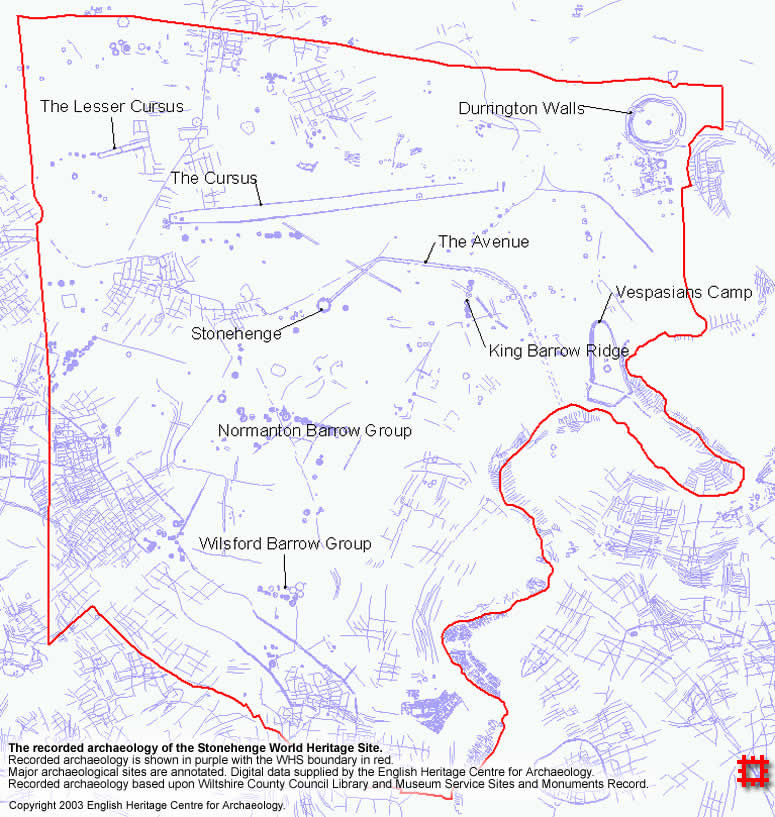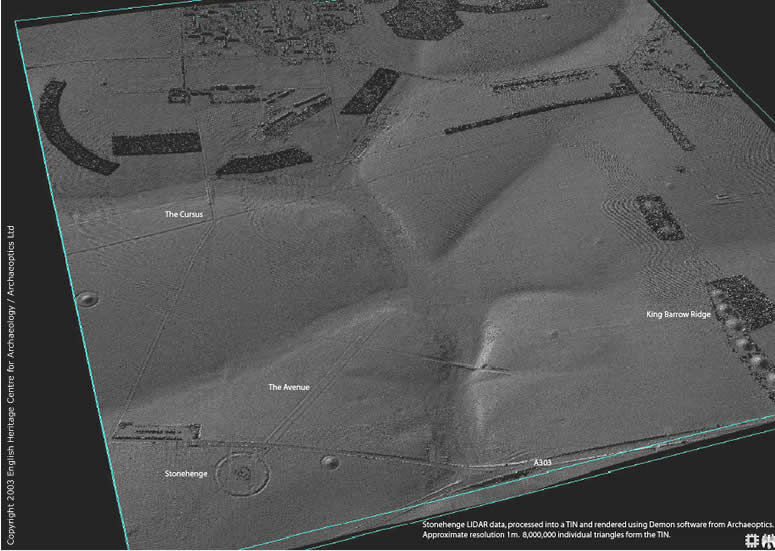Of course, such an approach to the Stonehenge landscape is not the only one. The Stonehenge landscape and the stones themselves have been the focus for a number of interest groups over the years, an example of the way in which a single place can mean many things to many people. While the extensive Hippy festivals of the 1970’s and 1980’s are no more, the Henge is open to the public for the summer solstice celebrations, attracting a wide diversity of people from all kinds of backgrounds. In this way, the landscape is not a fossilised ‘timeless’ landscape, as some would have it, but the current outward expression of a continuous dynamic process of interaction between people and their environment. Arguably, the only difference between our own experience and that of our predecessors being that our modern compartmentalisation of forms of interaction (into ritual vs everyday, for example) may not have been at all applicable in the past (eg Gibson et al. 1998). Indeed, the Neolithic and Bronze ages, when many of the monuments were created, was a time of flux, with a changing social consciousness (Bradley. 1998), both being exhibited in and controlled/legitimised by various forms of monumental architecture.

